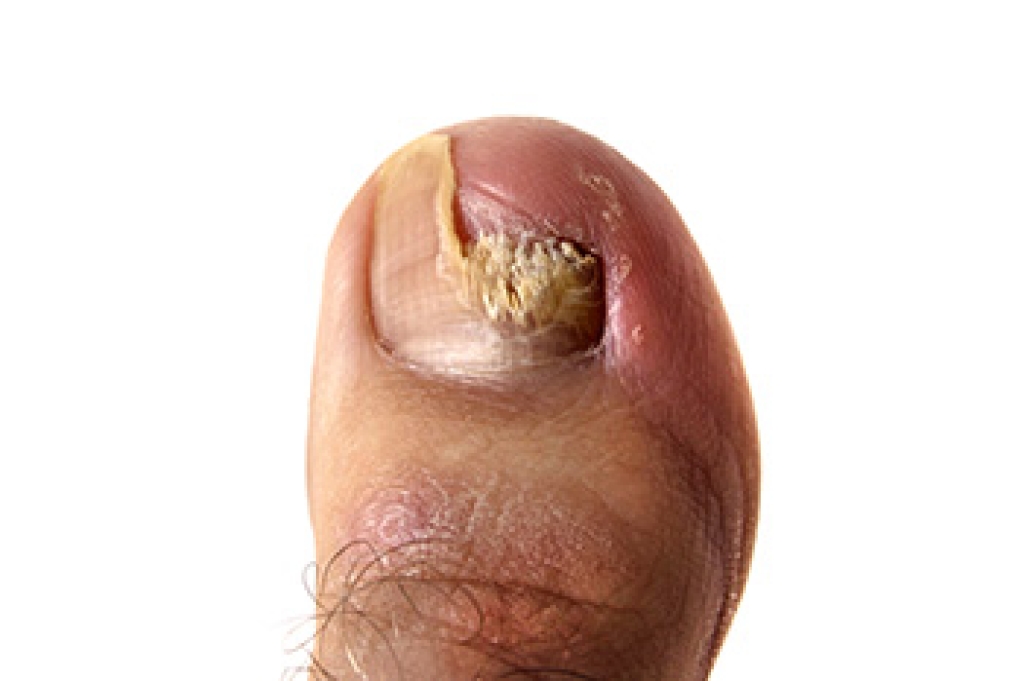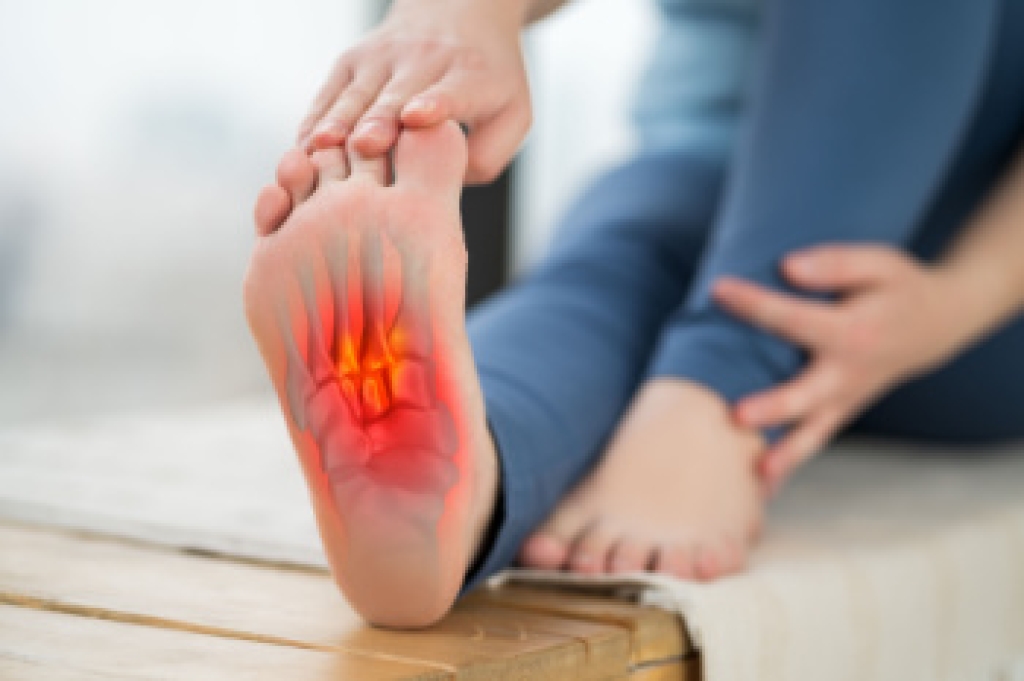
Morton’s neuroma occurs when the tissue surrounding a nerve in the ball of the foot thickens, often causing burning pain, tingling, or a feeling like there is a pebble in the shoe. A podiatrist begins by confirming the diagnosis through a physical exam and imaging, if needed. Treatment may include footwear changes to reduce pressure on the forefoot, custom orthotics to improve foot alignment, or padding to cushion the affected area. Anti-inflammatory medications and targeted stretching can also help to relieve symptoms. In more persistent cases, injections or minor surgical procedures may be considered to ease nerve irritation. Addressing the condition early can help prevent worsening pain and restore comfort while walking. If you experience ongoing discomfort in the ball of your foot, it is suggested you have it evaluated by a podiatrist for an accurate diagnosis and appropriate treatment solutions.
Morton’s neuroma is a very uncomfortable condition to live with. If you think you have Morton’s neuroma, contact one of our podiatrists of Advanced Foot Specialists. Our doctors will attend to all of your foot care needs and answer any of your related questions.
Morton’s Neuroma
Morton's neuroma is a painful foot condition that commonly affects the areas between the second and third or third and fourth toe, although other areas of the foot are also susceptible. Morton’s neuroma is caused by an inflamed nerve in the foot that is being squeezed and aggravated by surrounding bones.
What Increases the Chances of Having Morton’s Neuroma?
- Ill-fitting high heels or shoes that add pressure to the toe or foot
- Jogging, running or any sport that involves constant impact to the foot
- Flat feet, bunions, and any other foot deformities
Morton’s neuroma is a very treatable condition. Orthotics and shoe inserts can often be used to alleviate the pain on the forefront of the feet. In more severe cases, corticosteroids can also be prescribed. In order to figure out the best treatment for your neuroma, it’s recommended to seek the care of a podiatrist who can diagnose your condition and provide different treatment options.
If you have any questions, please feel free to contact our offices located in Rockwall, Greenville, Dallas, Sachse, and Lewisville, TX . We offer the newest diagnostic and treatment technologies for all your foot care needs.




